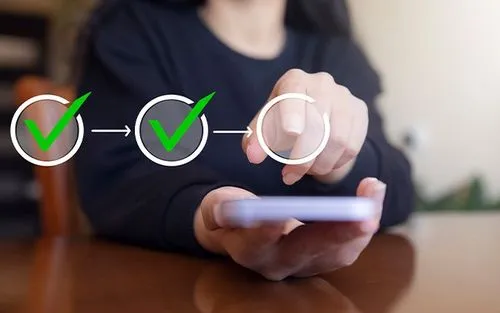Workflow Optimization
Automation of Repetitive Tasks
One of the most significant advantages of automation is handling repetitive tasks efficiently. Tools like Zapier and Integromat allow automating processes such as content updates, email management, and social media post scheduling. For example, you can set up a workflow that automatically posts new blog articles to your social media accounts, saving time and ensuring a constant online presence.
Additionally, automating repetitive tasks frees up time for designers to focus on the project's more creative and strategic aspects. This not only improves productivity but also enhances the quality of the final work.
Code and Design Generation
Automation tools can also help in code and design generation. Platforms like Webflow and Wix use artificial intelligence to create custom designs based on user preferences. This speeds up the design process and ensures that the final product is visually appealing and functional. Moreover, these tools allow quick and efficient changes, improving the design team’s productivity.
For example, Webflow allows designers to create responsive websites without writing a single line of code. This reduces development time and minimizes human errors, ensuring a high-quality final product.
Automated Testing and Maintenance
Maintenance and testing are critical components of web design that can be time-consuming. Tools like Selenium and Cypress allow website testing to be automated, ensuring that all functionalities operate correctly before launch. This reduces testing time and minimizes human errors, improving the final product’s quality.
Automated testing also allows for continuous development testing, helping identify and fix issues early. This improves the final product’s quality and reduces costs associated with fixing errors in later stages of development.
Cost Reduction
Reduced Need for Labor
Automation reduces manual intervention in many tasks, which can translate into a reduced need for labor. This does not necessarily mean reducing staff but allowing employees to focus on more strategic and creative tasks. For example, instead of spending hours manually updating content, designers can focus on improving user experience and design innovation.
Additionally, automation allows companies to handle more projects with the same number of employees, increasing production capacity without increasing labor costs. This especially benefits small businesses looking to grow without significant additional expenses.
Faster Delivery Times
By automating repetitive tasks and testing processes, projects can be completed more quickly. This improves customer satisfaction by meeting deadlines and allows companies to handle more projects in less time, thus increasing potential revenue. Speed in delivery can also be a key differentiator in a competitive market.
For example, automating code and design generation allows designers to create prototypes and functional websites in a fraction of the time it would take to do it manually. This speeds up the development process and will enable clients to see and approve the design more quickly, reducing the total project time.
Reduction of Errors and Rework
Automation minimizes human errors, reducing the need for costly rework. Automated tools can detect and correct errors in real-time, ensuring the final product is high quality. This saves time and resources and improves the company’s reputation by delivering consistent and reliable products.
For example, automated testing tools can identify compatibility and performance issues before the website is launched to the public. This improves the user experience and reduces costs associated with fixing errors after launch.
Automation in web design offers numerous advantages, from workflow optimization to cost reduction. By implementing automated tools and processes, companies can improve efficiency, reduce errors, and deliver high-quality products more quickly. If you haven’t yet explored the possibilities of automation in your web design workflow, now is the time. Start today and take your business to the next level!
Would you like to know more about how automation can transform your business? Contact us to discover our customized solutions and how we can help you optimize your workflows and reduce costs.









